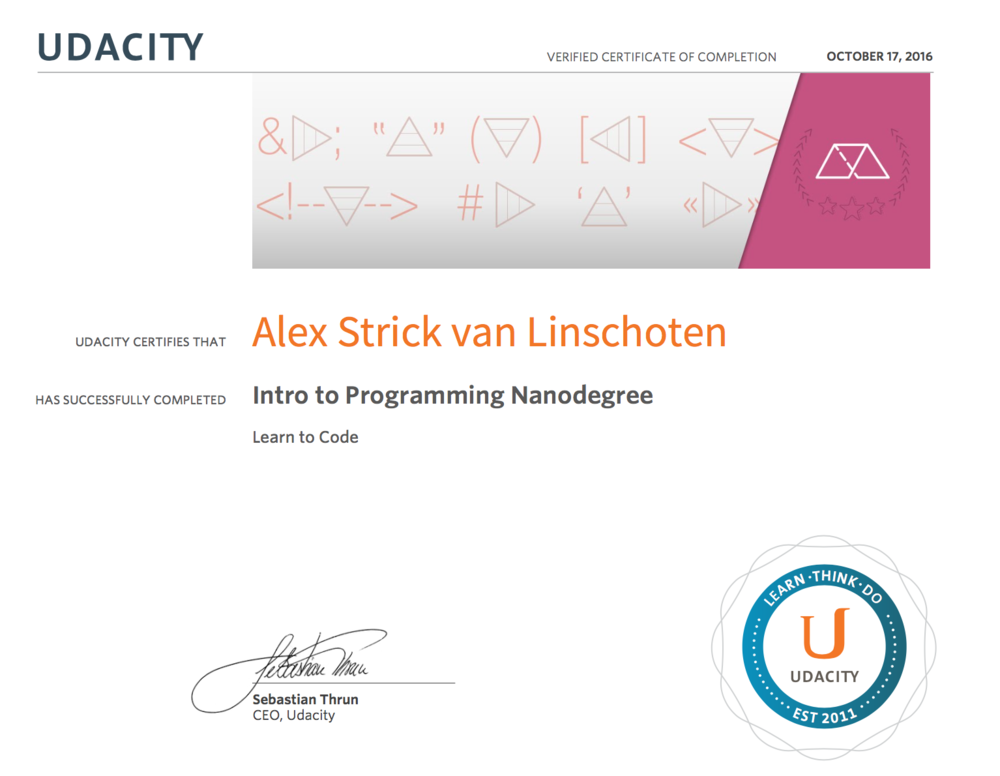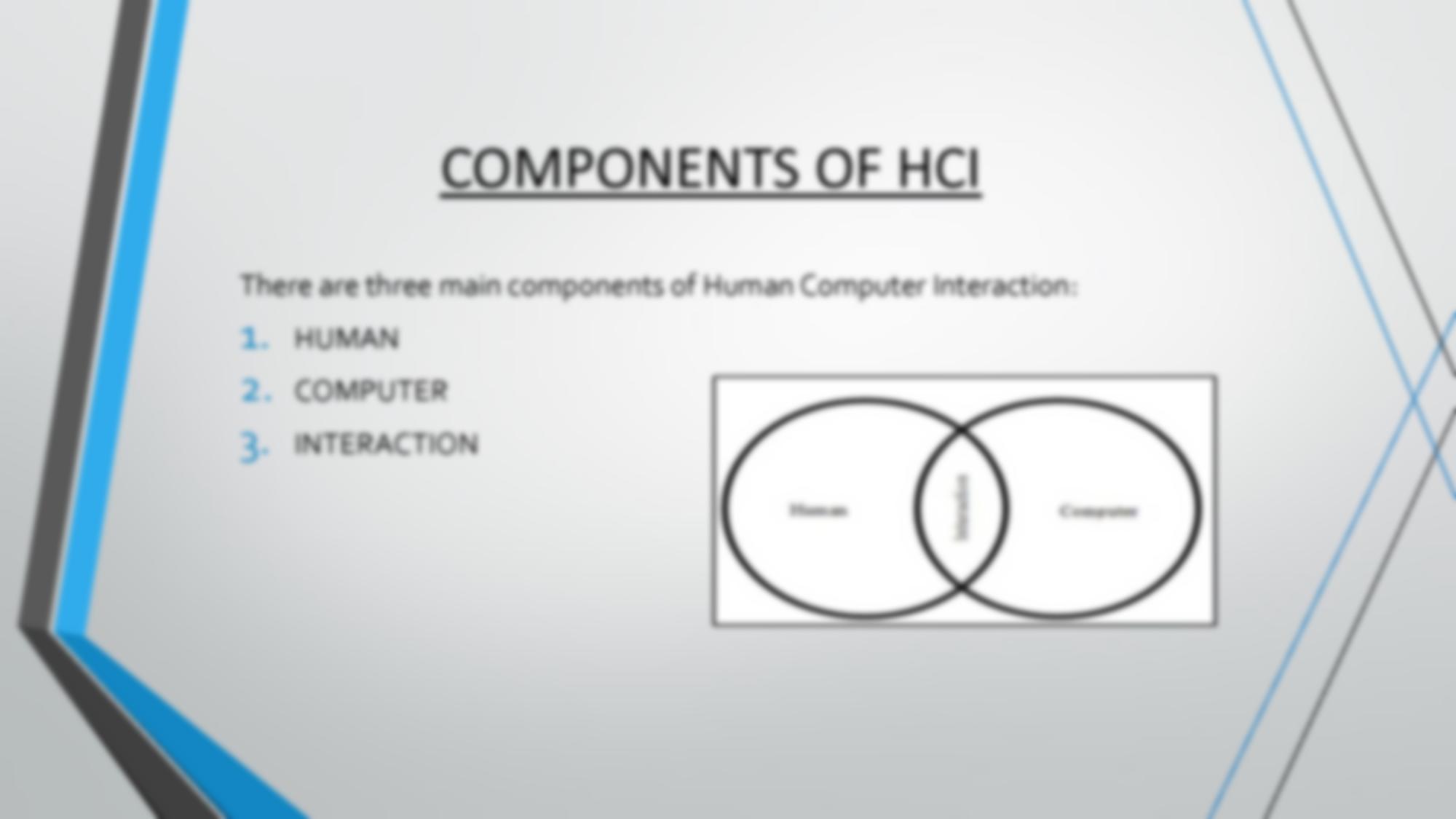
The best way to discover problems with your website is through usability testing. It doesn't matter if you're creating a new website or enhancing an existing one; you must find out what your users think about it. This can be done by asking users for their opinions about your product. This will allow you to get an idea of what should be included or changed.
To help you decide the best method to implement your project, there are many options for usability testing. It is important to consider the objectives, cost, time, and cost of the test. These factors should align to ensure that your testing results are valuable and can be used to enhance your website's functionality.

User testing requires both qualitative as well as quantitative data. Surveys, observation and interviews can all be used to collect qualitative data. Observation is most commonly done in person. However other types of research are possible remotely. Qualified researchers should participate in the testing process.
Surveys are a popular tool for gathering qualitative and quantitative feedback. You can ask users to fill out surveys so they can give you their opinion about your app or website. If you use this type of usability test, you'll be able to get a lot of information in a short amount of time. Participants can also be asked open-ended questions to help them gain a better idea of what they think.
Also, in-person testing can be a great option. A maximum of twelve testers can be selected at once. This gives you an even better view of the behavior of your users. The key to this method is to make sure that you're using real human test subjects. An employee may bias your results since they are familiar both with your company's product and with your company.
Another method for testing your website's usability is paper prototyping. Usually, this type of usability test requires a trained UX expert to conduct the testing. During this stage, the UX expert simulates how a user interacts with your website. After the interaction is complete, the UX expert will point out any issues that could affect the user's experience.

Session replays capture the user's actions on the site and are another method of usability testing. These recordings don't usually contain audio so they don’t reveal the identities of participants. They can be used for identifying common user mistakes and ways to fix them. The recordings can also be used to determine the most popular areas on your website that users are clicking on.
Click tracking is another way to track users' actions. Click tracking can be used to measure the number of clicks made by a user and their location. It can also consider the resolution of the click, size of browser window, etc. A click tracker can also indicate how long users take to complete a task, and can be used to analyze how frequently participants are clicking on your site.
FAQ
Is web development difficult?
Web development can be difficult, but there are many online resources to help you get started.
All you have to do is find the right tools and then follow them step-by-step.
YouTube and other platforms offer many tutorials. You can also access free online software like Sublime Text, Notepad++, and others.
There are also lots of books available in bookstores and libraries. Some of the most sought-after books are:
O'Reilly Media's "HeadFirst HTML & CSS"
O'Reilly Media's Head First PHP & MySQL 5th edition
Packt Publishing - "PHP programming for absolute beginners"
I hope that this article has been helpful to you.
How Much Does It Cost to Make An Ecommerce Site?
This will depend on whether you are using a platform or a freelancer. Most eCommerce sites start at around $1,000.
However, once you decide on a platform, you can expect to pay anywhere between $500 and $10,000.
You won't spend more than $5,000 if you are using a template. This includes any customizing you do to your brand.
How do you design a website?
The first step is to understand what you want your site to do for your customers. What do your customers want from you when they visit your website?
What problem might they face if your site doesn't have what they are looking for?
This knowledge will help you to identify the problems and then solve them. Make sure everything looks good on your website. It should be simple to navigate and use.
You should have a well-designed website. It should not take too much time to load. If it takes too long, people may not be able to stay as long. They will move on to something else.
When you are building an eCommerce site, it is important to consider where all your products are located. Do they all reside in one spot? Are they all in one place?
You need to decide whether you want to sell one product at once or many different types of products. Are you looking to sell one product or several?
When you answer these questions, your site can be built.
Now it is time for you to concentrate on the technical aspect of things. How will your site work? Is your site fast enough to be useful? Can people get to it quickly from their computers?
Will they be able buy anything without having pay an extra fee? Is it necessary for them to register before they are able to purchase anything?
These are the essential questions you should ask yourself. You'll be able to move forward once you have the answers to these important questions.
How Do I Create a Free Website?
This will depend on the type and purpose of your website. Are you trying to sell products online, create a blog or build a portfolio of websites?
It is possible to create a basic website with HTML and CSS (a combination HyperText Markup Language & Cascading Style sheetss). Although HTML and CSS can be used to create simple websites, web developers prefer using a WYSIWYG editor like Dreamweaver or Frontpage.
If you don't have experience designing websites, hiring a freelance developer might be the best option. They can help you create a custom website based on your needs.
You can either pay a flat rate per project or an hourly rate to a freelance developer. The amount of work they do within a certain time frame will affect the cost of hiring a freelancer.
For example, companies may charge 50-100 dollars an hour. You'll usually get higher rates for larger projects.
There are many websites that list jobs available for freelancers. You can search there before you contact potential developers directly.
What Kinds Of Websites Should I Make?
It all depends on what your goals are. To build a business around your website, you may want to focus on selling products online. To do this, you will need to create a strong eCommerce website.
Blogs, portfolios and forums are all popular websites. Each requires different skills. If you are looking to start a blog, then you need to know about blogging platforms like WordPress and Blogger.
You will need to decide how to customize your website's look when you select a platform. There are many themes and templates that you can use for free.
After you have chosen a platform, it is time to add content. Images, videos, text, and other media can all be added to your pages.
Your new website is ready to be published online. Visitors can view your site online once it has been published.
What is Website Design Software?
The website design software can be used by graphic artists and photographers, illustrators, writers and others who are involved in visual media.
There are two types main website design software options: desktop apps and cloud-based. Desktop apps are installed locally on the computer. You will need to install additional software. Cloud-based apps are hosted remotely on the Internet and do not require any additional software. This makes them perfect for mobile users.
Desktop Applications
Desktop applications may have more advanced features than cloud-based solutions but they aren’t always necessary. Because it's more convenient, some people prefer to use a desktop app. Others like to use the same tool regardless of whether they are working on a laptop or a smartphone.
Cloud-Based Solutions
A cloud-based solution is a good choice for web designers who are looking to save money and time. These services allow you to edit any type of document from anywhere that has an internet connection. This means that you can work on your tablet while waiting to brew your coffee.
If you decide to use a cloud service, you will still need a license. You will not need additional licenses to upgrade to a higher version.
These programs can be used in Photoshop, InDesign, Illustrator or any other Adobe product to create web pages.
What is a static site?
Static websites are those where all content is stored on a web server and can be accessed by users via their web browsers.
The term "static” refers the fact that there is no dynamic feature such as changing images or video, animations etc.
This type of website was originally created for use in corporate intranets. It has since been adopted both by individuals and small companies who are looking for simple websites that do not require any programming.
Because they are less maintenance-intensive, static sites have gained popularity. It's easier to update and maintain static sites than a website that has many components (such blogs).
They also tend to load faster than their dynamic counterparts. They are great for people who use mobile devices and have slow Internet connections.
Additionally, static websites are safer than dynamic sites. You can't hack into a static site. Hackers have limited access to data within a database.
Two main methods can be used to create a static site:
-
Using a Content Management System (CMS)
-
Create a static HTML web site
Which one is best for you depends on your needs. A CMS is the best choice for anyone who is new to building websites.
Why? Because you have complete control over your website. You don't even need to hire someone for help setting up your CMS. Upload files directly to the CMS.
You can still learn to code and make a static website. You'll have to invest time learning how programming works.
Statistics
- The average website user will read about 20% of the text on any given page, so it's crucial to entice them with an appropriate vibe. (websitebuilderexpert.com)
- At this point, it's important to note that just because a web trend is current, it doesn't mean it's necessarily right for you.48% of people cite design as the most important factor of a website, (websitebuilderexpert.com)
- It's estimated that chatbots could reduce this by 30%. Gone are the days when chatbots were mere gimmicks – now, they're becoming ever more essential to customer-facing services. (websitebuilderexpert.com)
- When choosing your website color scheme, a general rule is to limit yourself to three shades: one primary color (60% of the mix), one secondary color (30%), and one accent color (10%). (wix.com)
- Is your web design optimized for mobile? Over 50% of internet users browse websites using a mobile device. (wix.com)
External Links
How To
What is Website Hosting?
Website hosting is the location where people go when they visit websites. There are two types.
-
The cheapest option is shared hosting. Your website files are stored on a server that is owned by another person. Your customers' requests travel via the Internet to your server when they visit your site. The request is then handed to the owner of that server.
-
Dedicated hosting: This is the most costly option. Your website is hosted entirely on one server. Your traffic stays private as no other websites can share the same server.
Most businesses choose shared hosting because it's less expensive than dedicated hosting. You can use shared hosting if the company owns the server to provide the resources required for your website.
There are pros and disadvantages to each option. Here are the main differences between them:
Sharing Hosting Pros
-
Lower Cost
-
It's easy to set up
-
Frequent Updates
-
It can be found at many web hosting providers
You can get shared hosting for as low as $10 per monthly. Keep in mind, however, that bandwidth is usually included in the price. Bandwidth describes the amount of data that can be transferred over the Internet. So even if you only upload photos to your blog, you may still pay extra money for high amounts of data transferred through your account.
Once you start, you'll quickly realize why you were paying so much for your previous host. Most shared hosts don't offer any customer support. Although their techs may help you with setting up your site, it's not a common practice.
Providers that offer 24-hour customer support are worth looking into. They will take care of any issues while you sleep.
Cons of dedicated hosting
-
More Expensive
-
Fewer Common
-
Requires specific skills
With dedicated hosting you will have everything you need to manage your website. You don't need to worry about bandwidth usage or RAM (random access memory).
This means you will need to spend more upfront. You'll soon realize that your business is self-sufficient once it's online. You'll quickly become an expert at managing your server.
Which is better for my business?
It all depends on the type of website you are creating. If you are selling products, shared hosting may be the best option. It's very easy to setup and maintain. You'll probably receive frequent updates because you are sharing a server hosting many other sites.
If you want to create a community around a brand, dedicated hosting may be the best choice. You can focus on building your brand without worrying about handling your traffic.
Bluehost.com is a web host that offers both. They offer unlimited data transfers per month, 24/7 support and free domain registration.